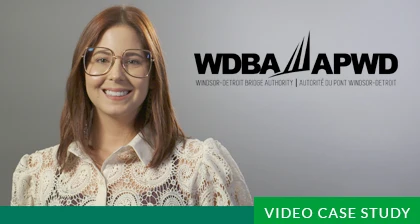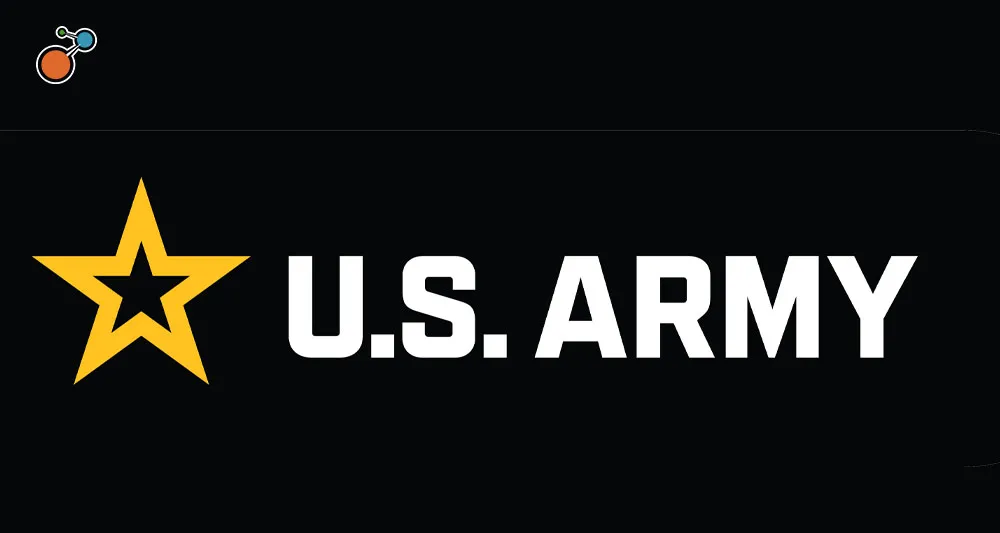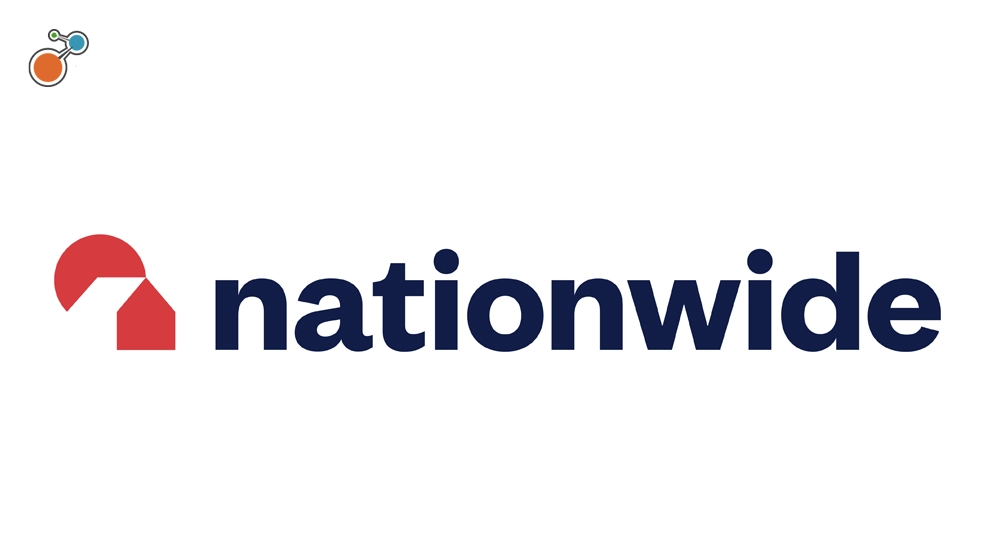Problem: Maintaining impeccably high safety standards was a challenge for a large manufacturer and retailer of toys, clothing, and other merchandise. The company operates hundreds of stores that were built at different times, have different layouts, and different locations for safety equipment like fire extinguishers. Complicating matters, the company’s stores were acquired by a different retailer, which ran them under a license agreement until the original owners bought the majority of the stores back some four years later. While not necessarily unsafe, stores opened during that time period did not conform to the company’s design standards. The company wanted to coordinate safety standards across the chain when it brought the stores back under the fold.
Solution: The company began conducting field visits to audit safety at its stores. Representatives from its carrier ask the store manager a series of yes-and-no questions, as well as open ended questions. Are the fire extinguishers charged and up to date? Are sprinkler heads the correct distance from the products? Does the store have an emergency-preparedness kit that is fully stocked? Are staff members lifting boxes of merchandise in the correct manner to reduce the risk of injury? The auditor inputs the answers – as well as photos and video – directly into Riskonnect ClearSight. The software allows the company to weight certain questions more heavily than others to accurately reflect its safety standards. If certain questions were answered in a noncompliant manner, for instance, that store could receive a failing score.
Results: The company conducts hundreds of safety audits annually at its stores, and results show that the program is working well. In the program’s first year, safety scores improved, and claims decreased. A few stores even achieved the highest possible score on their safety audits – which prompted congratulatory calls from executives. The stores that didn’t perform as well were given a checklist of recommendations on how to improve. The data collected by ClearSight allows company executives to identify safety trends across the chain and make wide-scale changes to operations and maintenance, if necessary. The safety assessment program is working out so well, in fact, that the company is considering rolling out to other divisions.





